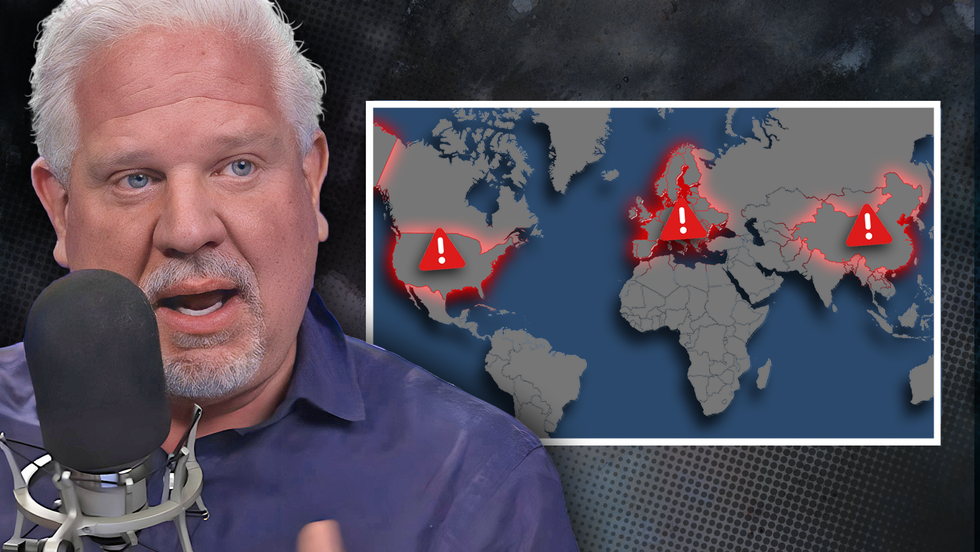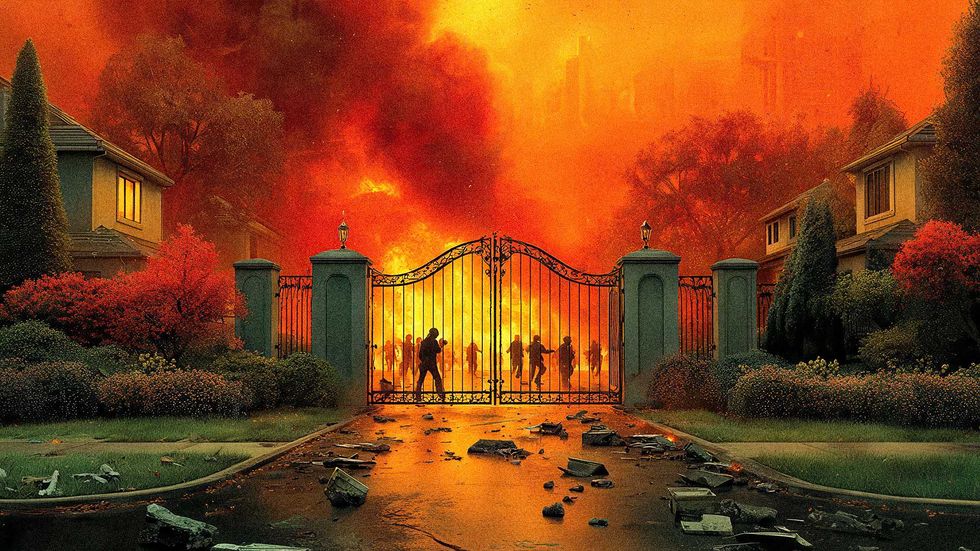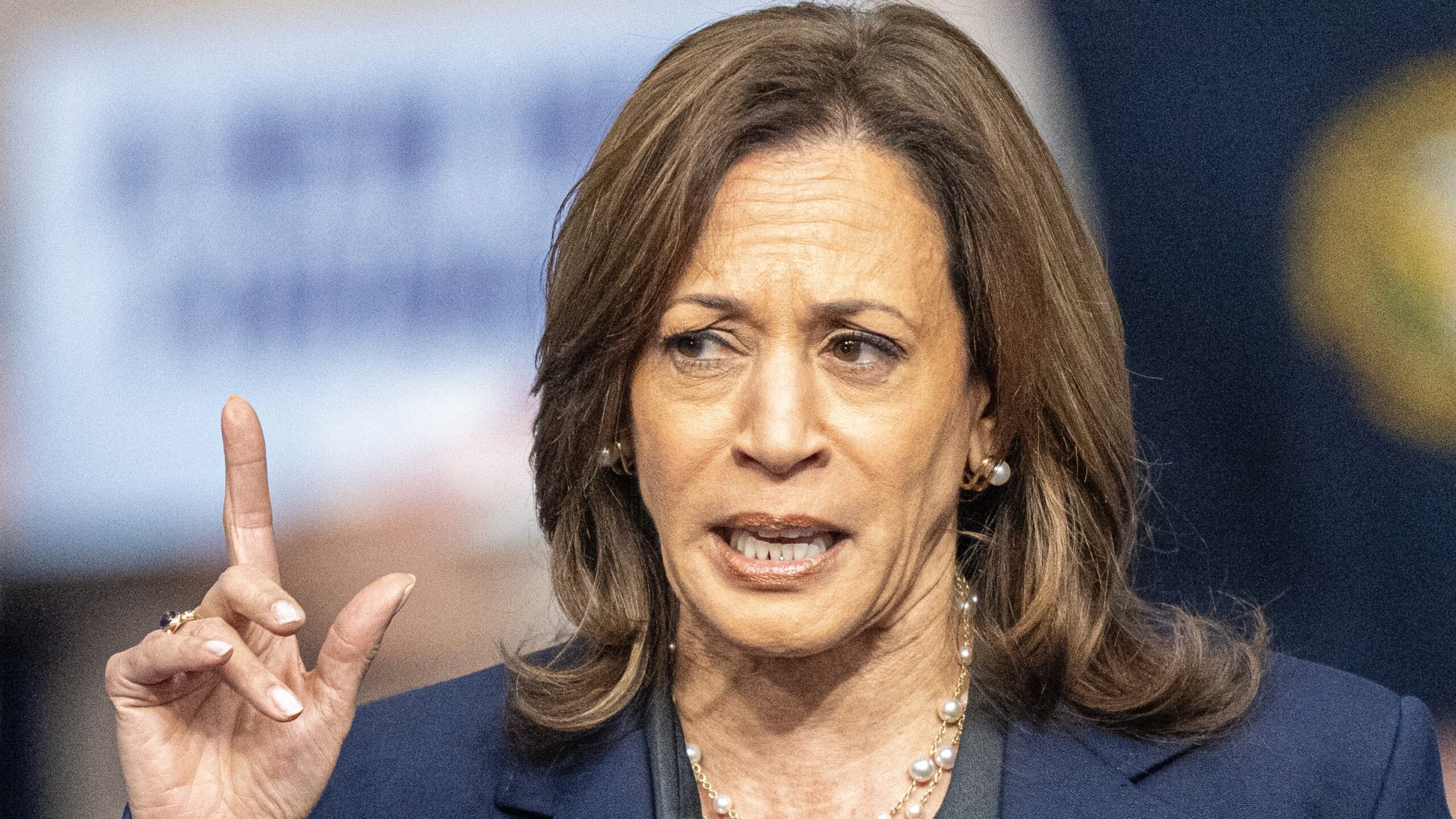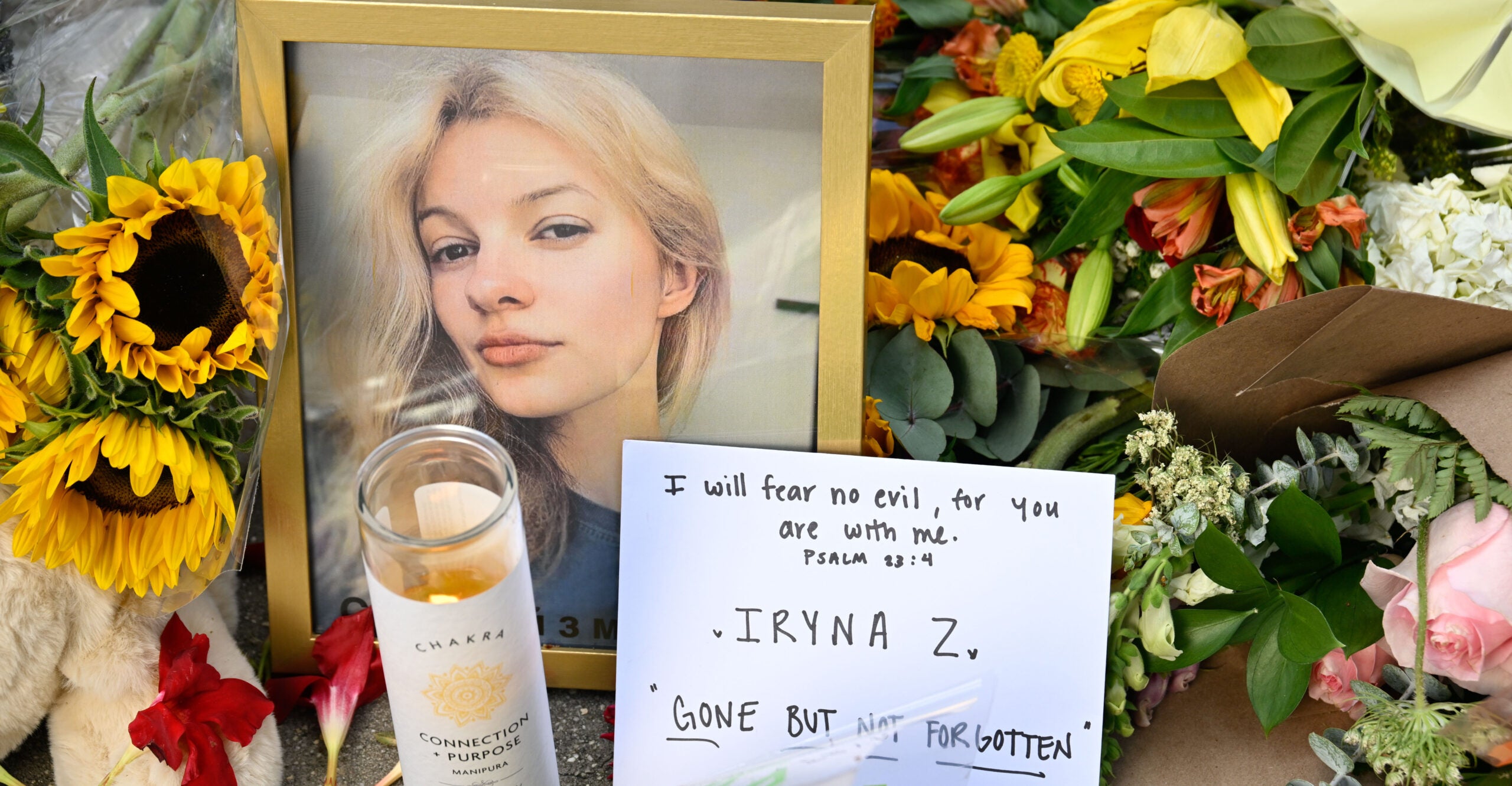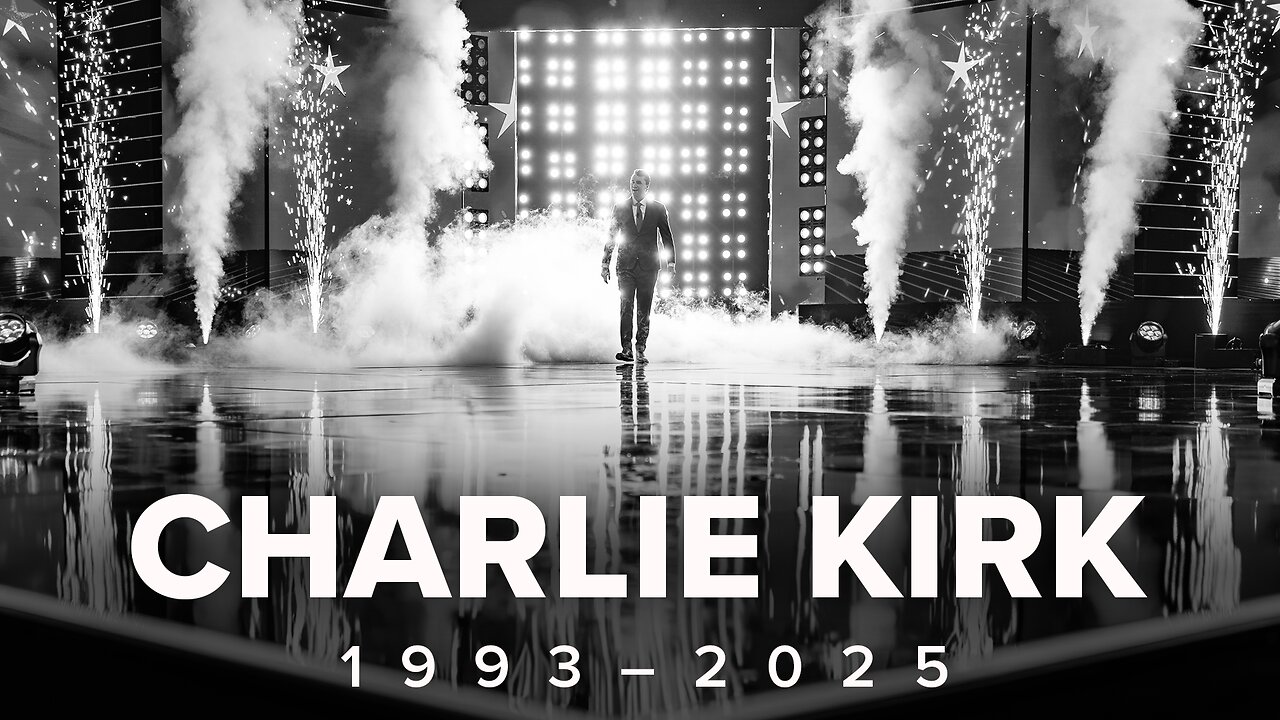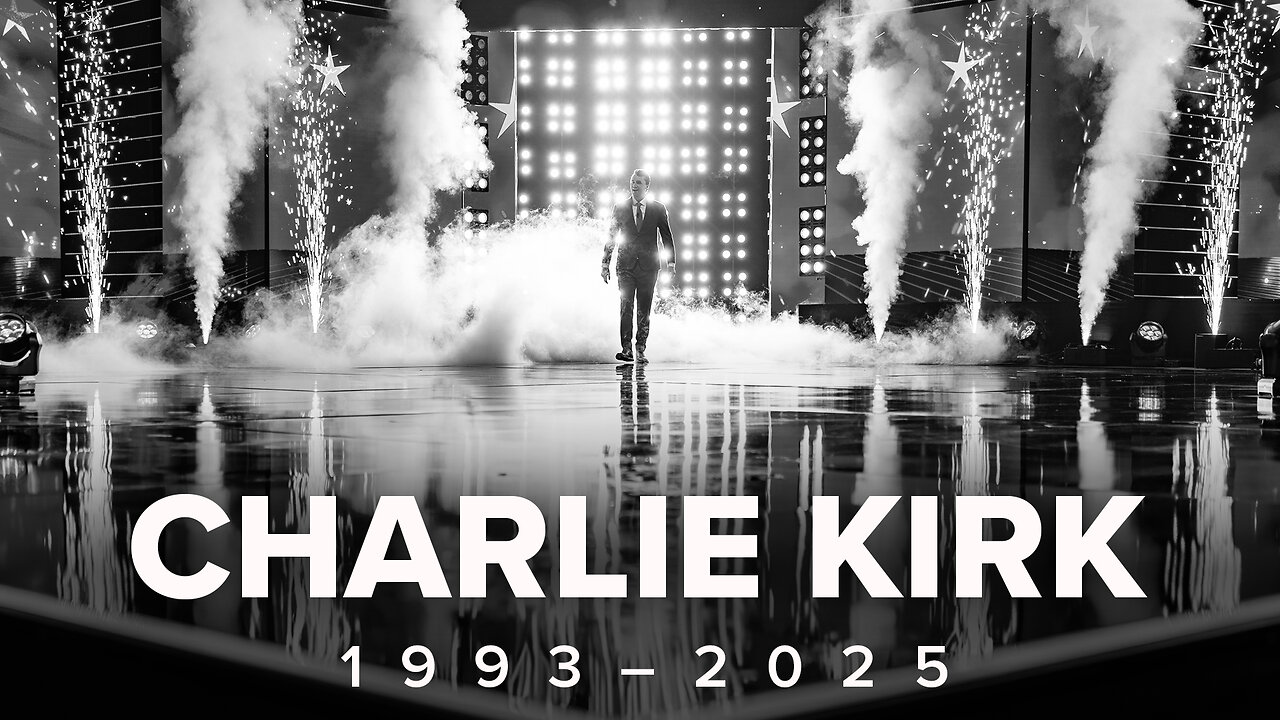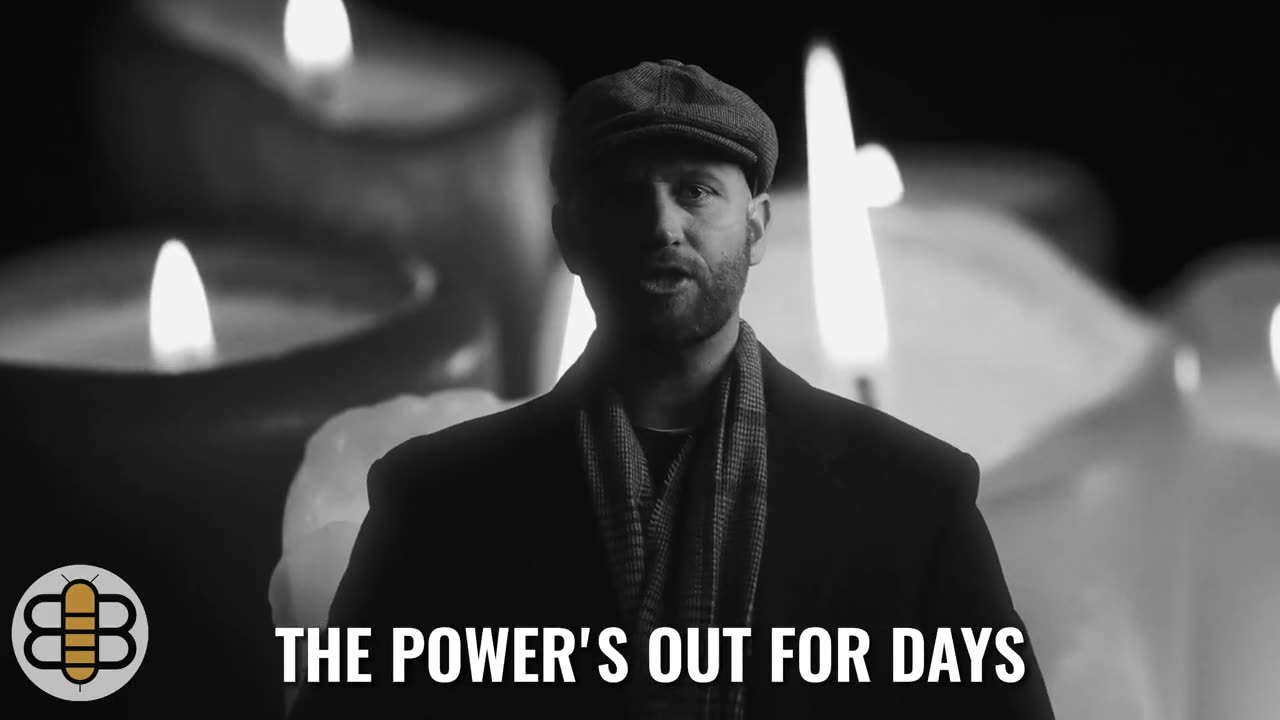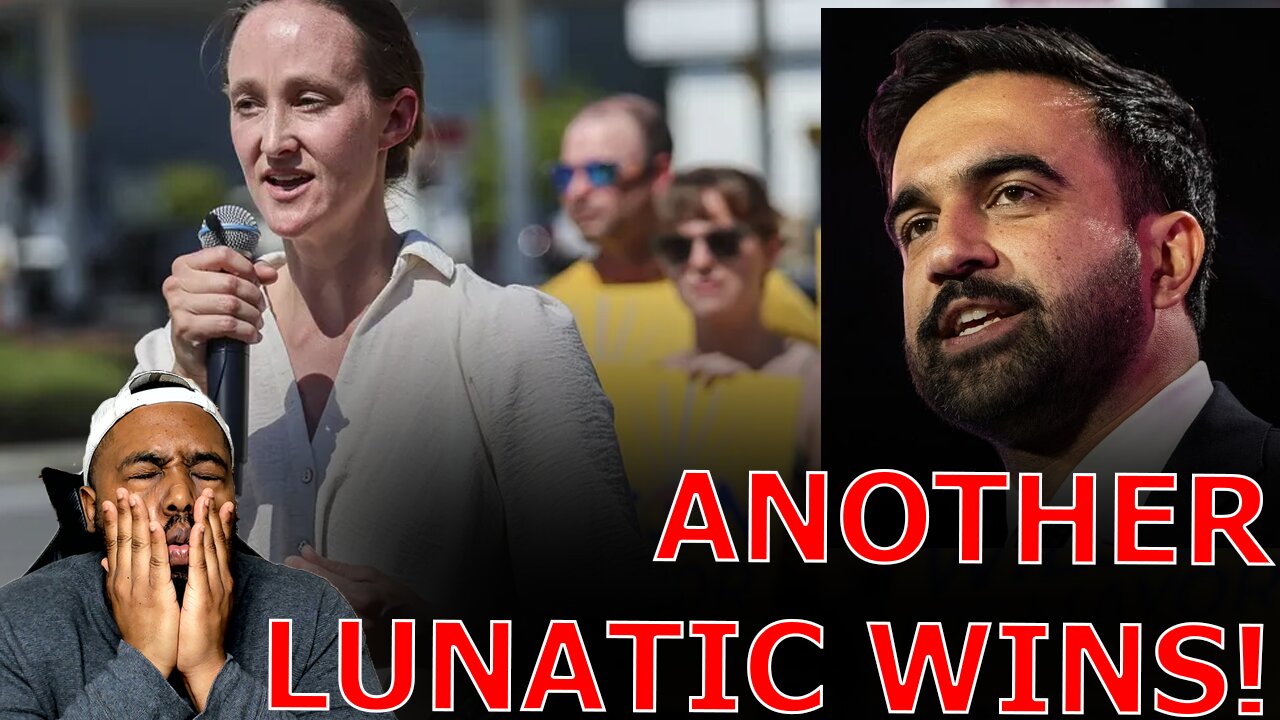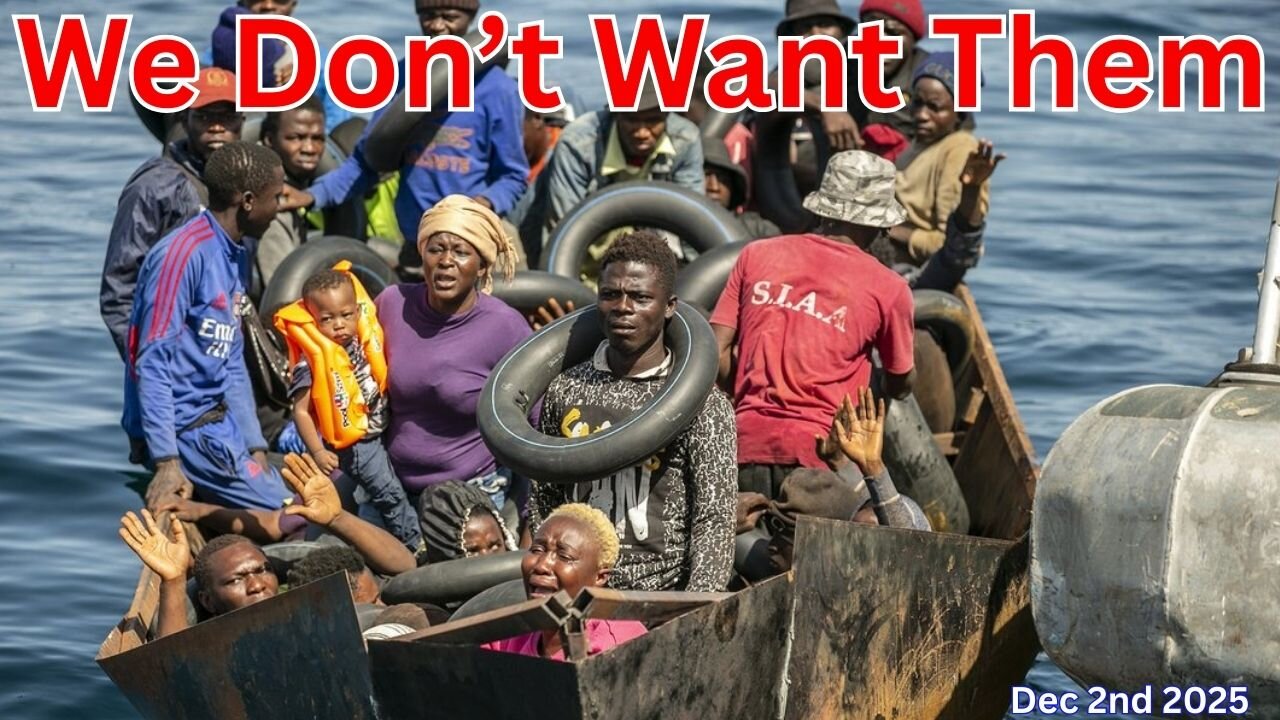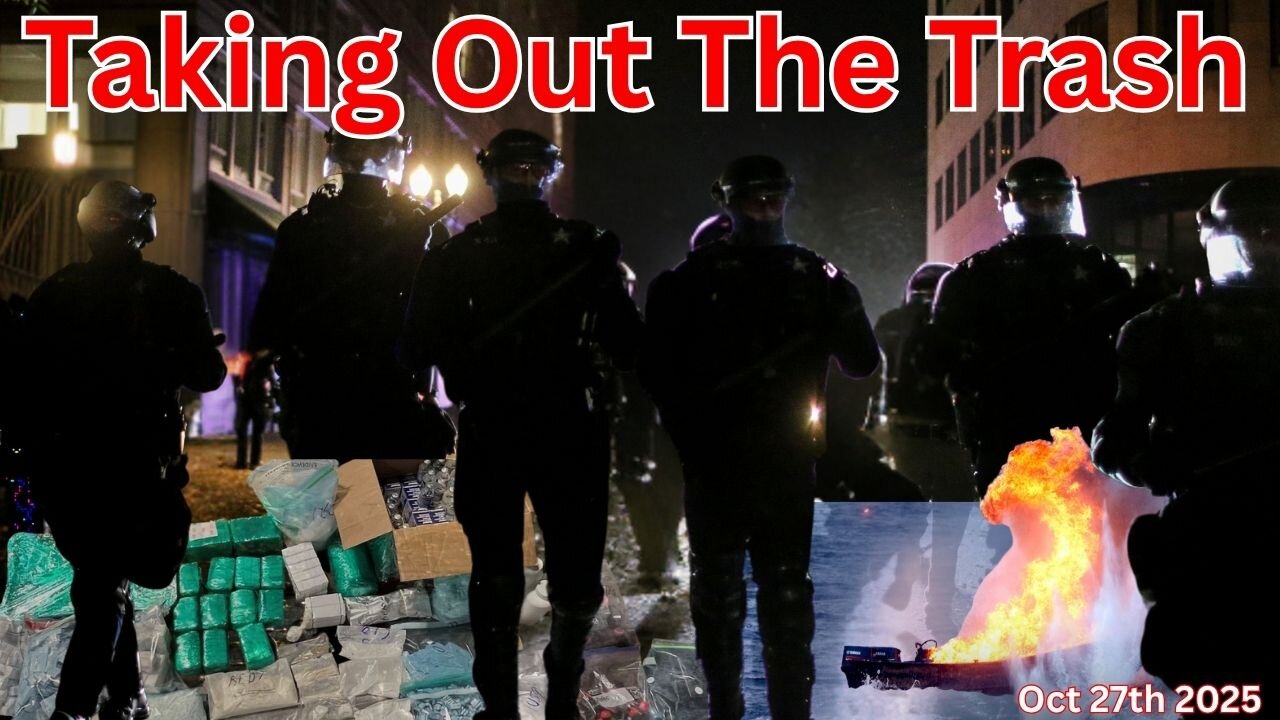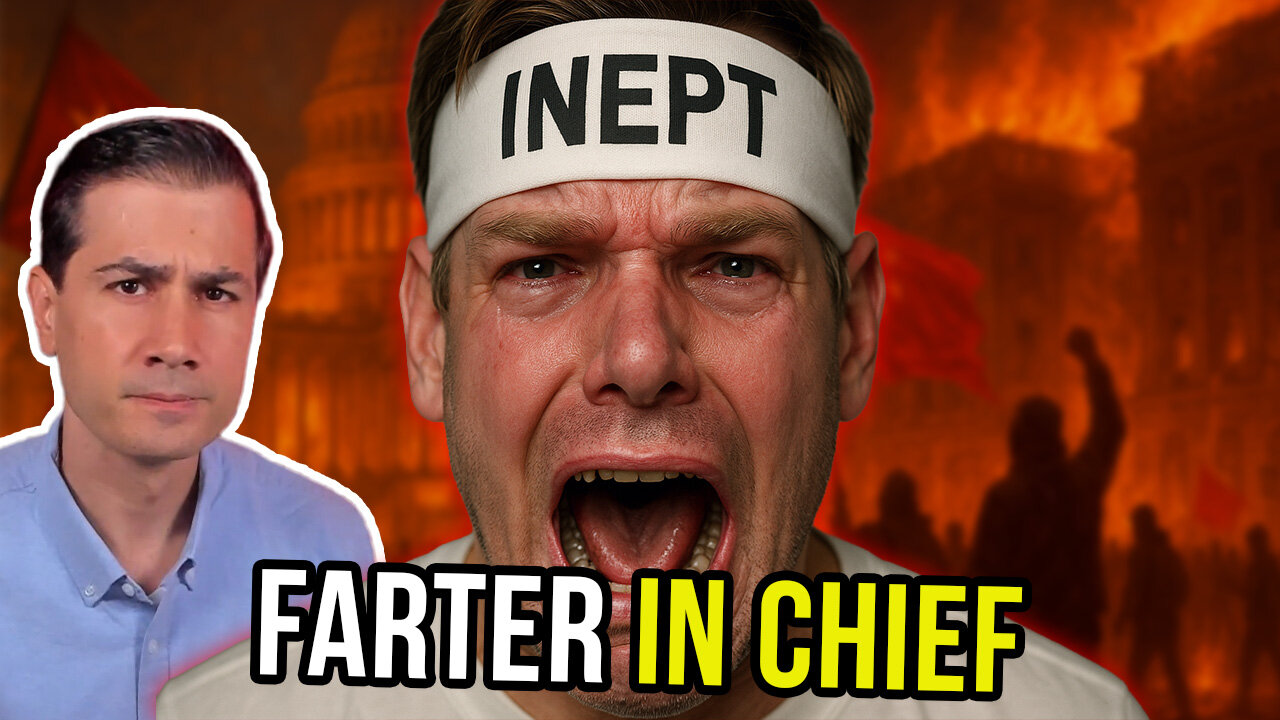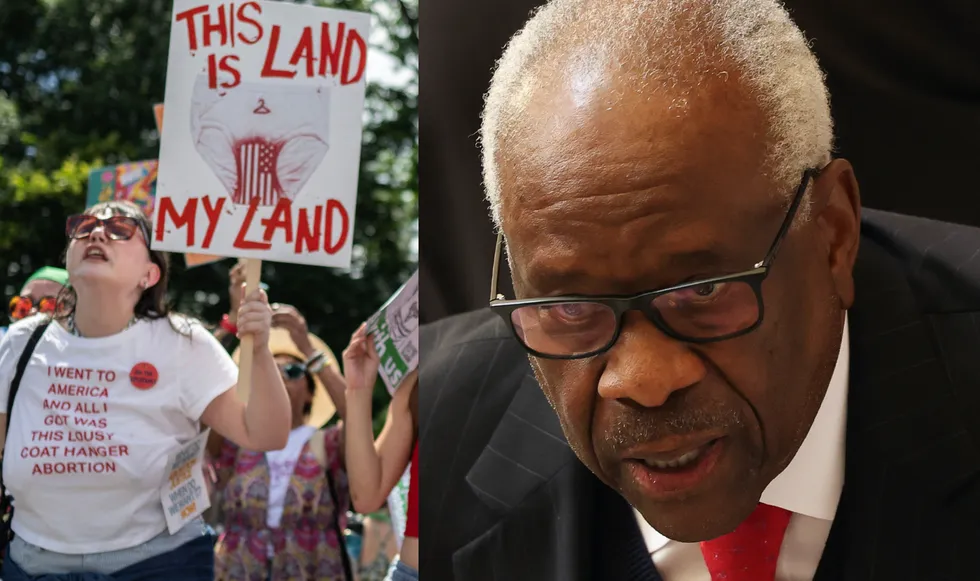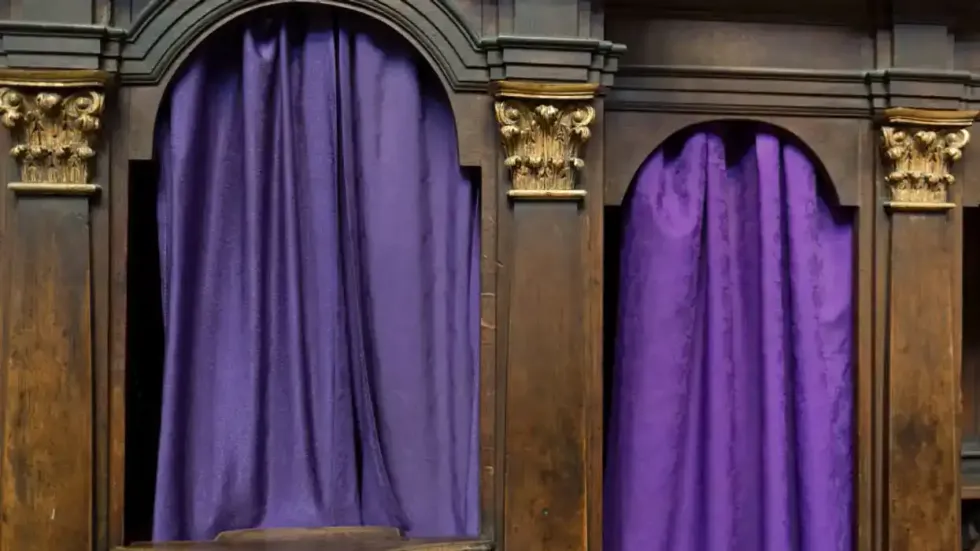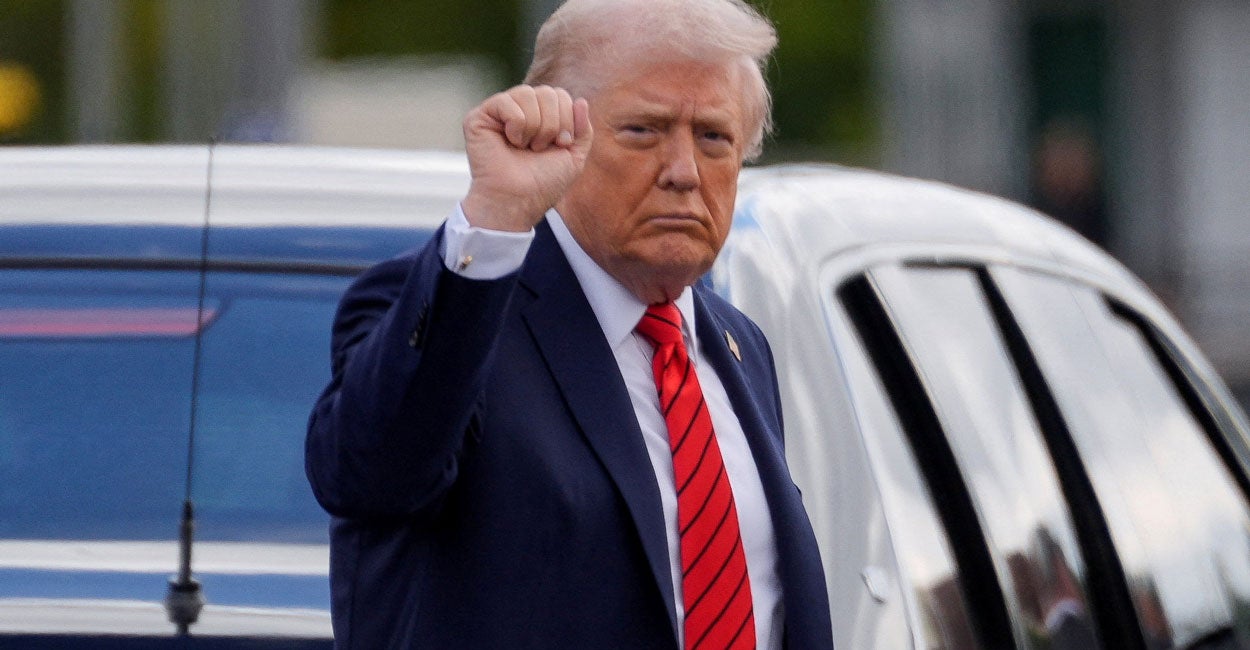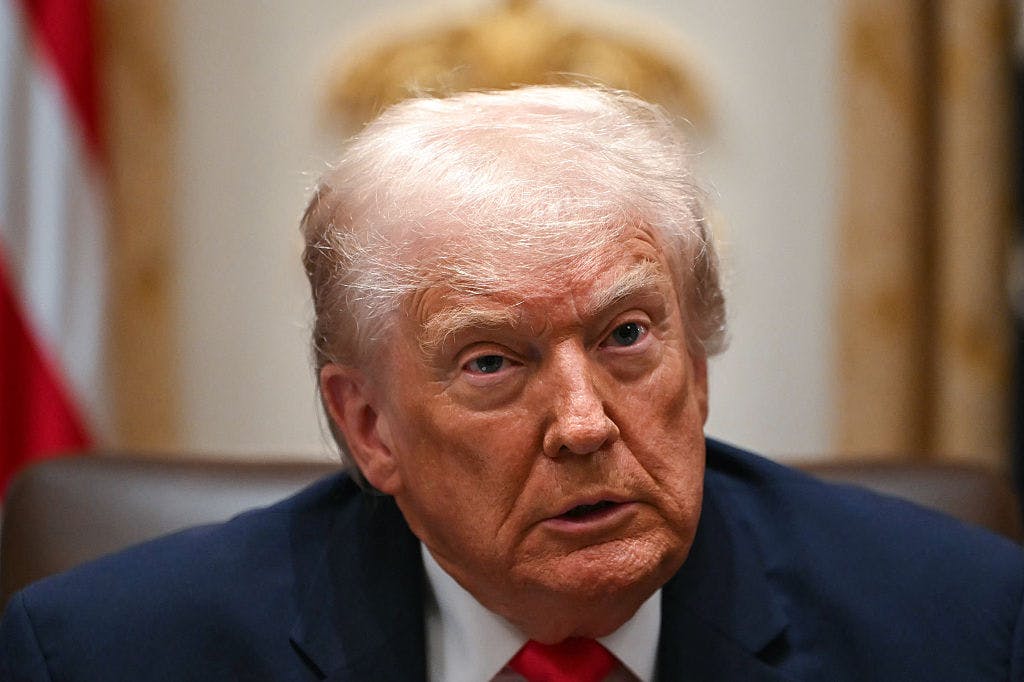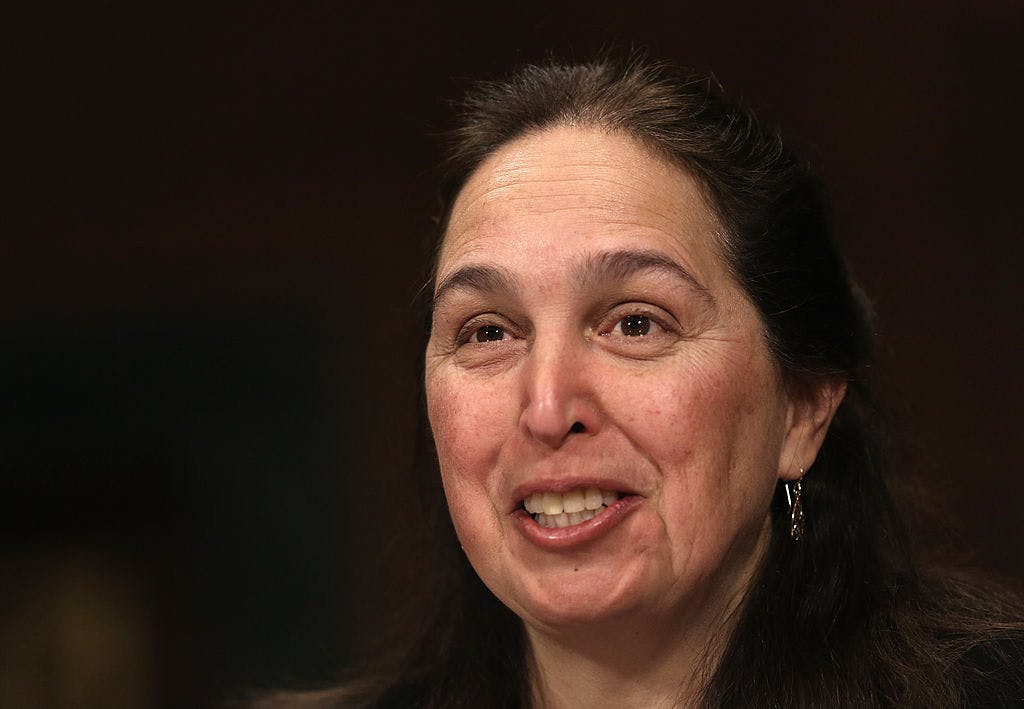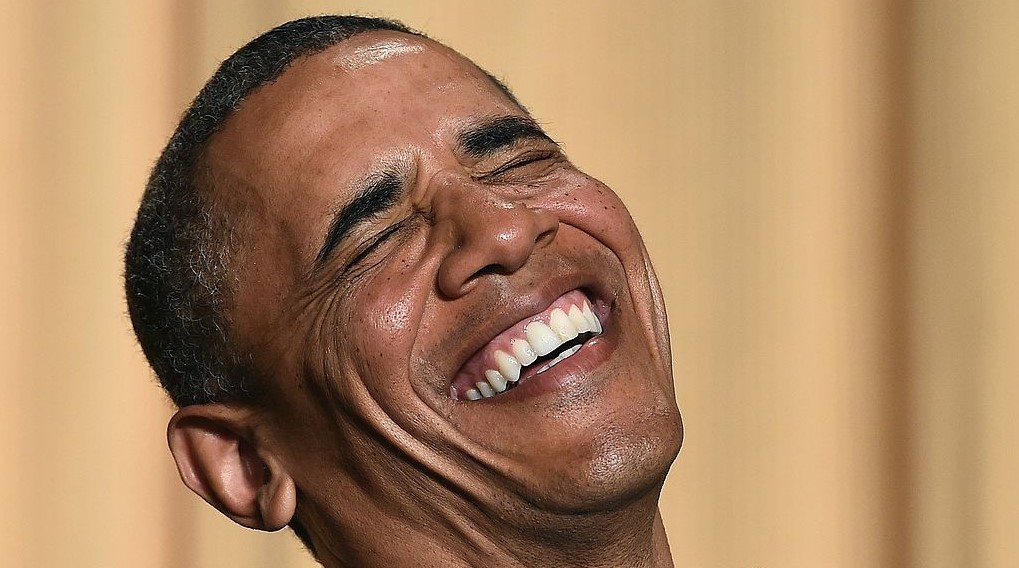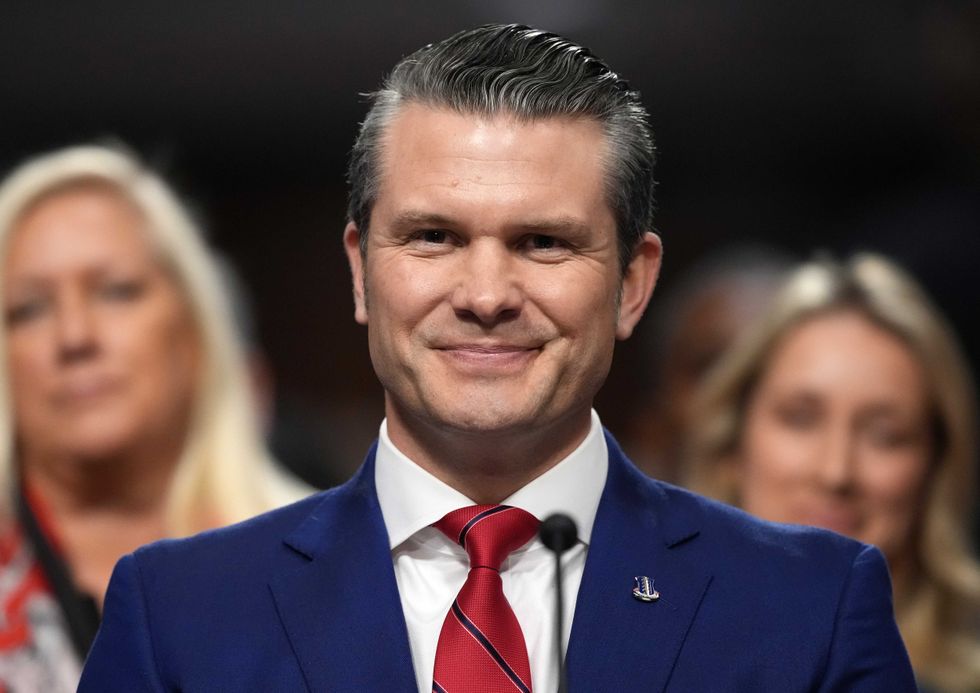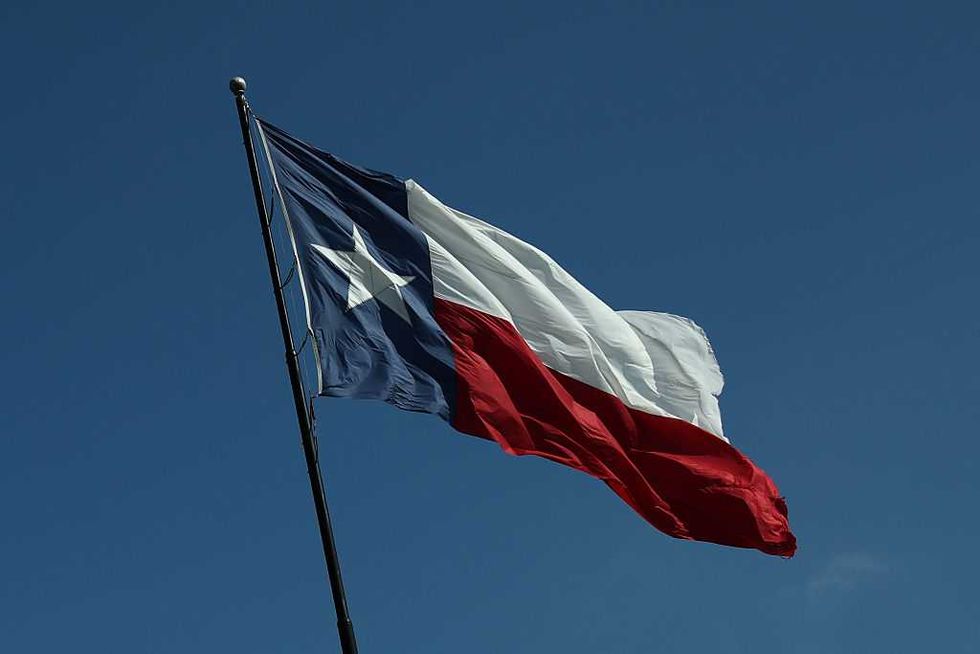Belgium’s Defense Deficit: Why 2% Can’t Wait Until 2029

With June’s NATO Summit likely to call for substantial increases in member defense spending, increased scrutiny awaits those NATO members that still haven’t reached even the 2% spending minimum—a minimum that’s been required for well over a decade.
One of the more notorious NATO free riders is Belgium, which has skated by while spending only 1.3% of gross domestic product—the measure of economic growth that reflects the total value of goods and services produced in a country—on defense. That already astonishingly low number includes the 0.16% of GDP allocated to Ukraine for aid—meaning Belgium’s actual spending on armed forces equals less than 1.2% of GDP.
Belgium ranks last out of all NATO treaty members for equipment expenditure and fourth from last in total defense spending.
Yet Belgium is a relatively populous and wealthy country, home to 12 million people with a $54,700 GDP per capita. These two statistics alone make reaching NATO’s 2% defense spending requirement not just a possibility, but an imperative that should have been met years ago.
In 2024, Belgium spent 7.9 billion euros on defense—less than both Denmark and Norway, both of which are half Belgium’s size. Contrast this with the 21.46 billion euros spent by the Netherlands in 2024, and a picture of Belgium’s inadequate spending starts to form.
Belgium’s days of free riding must end. The Trump administration has made it clear that Europe must take primary responsibility for conventional deterrence in Europe.
Both Belgium’s Minister of Defense Theo Franken and Prime Minister Bart De Wever have stated that Belgium is on track to reach 2% spending targets by 2029.
But this timeline is hardly sufficient given that the 2% defense spending minimum has been in place for more than a decade. It’s high time Belgium moves toward meeting these already-too-low defense spending requirements.
In an effort to allocate funds for the prosperity of their defense fund, Belgium has sought to extract proceeds from a federal investment company, SFPIM. These proceeds are set to come from government holdings and generated dividends.
In theory, this is a viable option. But because the new structure does not create a long-term means of sustaining a higher defense budget, Belgium must establish a new avenue they can use to increase to 2% spending sooner than the projected 2029.
But there are some bright spots within this somewhat dreary defense picture. Within its current 1.3% spending, Belgium has begun to build up its air capabilities with the purchase of 24 F-35 fighter jets as well as small transport aircrafts, armed drones, and a helicopter fleet. This both pushes Belgium toward its expected goal and modernizes its military to be more interoperable with more militarily capable NATO allies.
Belgium has also purchased a third frigate and intends to be able to deploy at least one frigate at any given time.
Further, Belgium and France are expanding their CaMo partnership contract, sealing a strategic cooperation agreement that will allow Belgian land forces to completely reequip its motorized brigade’s combat fleet.
The agreement also supplies the Belgian army with 382 Griffon multi-role armored vehicles and 60 Jaguar reconnaissance and combat vehicles, planned to commission between 2025 and 2030.
The contract aims to achieve interoperability between Belgium and France so that any Belgian army unit may be seamlessly integrated into a French operation.
Partnerships like CaMo can provide Belgium with the necessary equipment for defense while simultaneously allowing the nation to redirect that money toward the general defense budget. If Belgium expands CaMo and reorganizes funds from SFPIM, 2% doesn’t seem all that distant.
Ultimately, 2% NATO defense spending is the bare minimum. President Donald Trump insists that NATO allies should commit to spending at least 5% GDP on defense, while others have been calling for a 3.5% minimum.
Neither of these seem too much to ask, especially given how long Belgium has spent free riding off the treaty’s benefits.
Given the increasingly dangerous global environment, Belgium’s decades of free riding, and the probability of an increase in defense spending minimums, it’s time for Belgium to step up its pace and hit the 2% minimum well before 2029.
The post Belgium’s Defense Deficit: Why 2% Can’t Wait Until 2029 appeared first on The Daily Signal.
Originally Published at Daily Wire, Daily Signal, or The Blaze
What's Your Reaction?
 Like
0
Like
0
 Dislike
0
Dislike
0
 Love
0
Love
0
 Funny
0
Funny
0
 Angry
0
Angry
0
 Sad
0
Sad
0
 Wow
0
Wow
0
